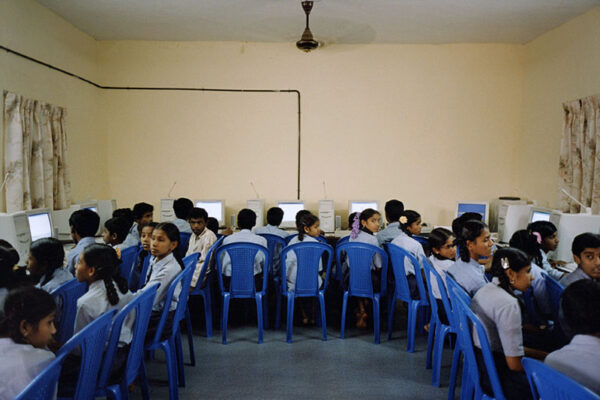Innovation is rarely about inventing a jet engine or an iPhone. While these are big-bang innovations, they are few and far between.
A crisis is an abnormal situation. As a war, it is full of ambiguity and uncertainty. Some people thrive in a crisis, while most others tend to freeze like a deer in the headlights. How do you stay calm and innovate in a crisis? How do you stay focused on what you can do and not worry about what is beyond your control?
Innovation is rarely about inventing a jet engine or an iPhone. While these are big-bang innovations, they are few and far between. Most innovation is about little changes brought about by thinking creatively and out of the box.
At Bigbasket, our biggest challenge was a huge shortage of workforce. Productivity and predictability of attendance were poor. The challenge was to get more out of less. Gopala, our national warehouse head, who started his career doing odd jobs and grew through the ranks, rose to the occasion. All he did was think of the constraints, but with an open mind.
In one stroke, out-of-stock dropped to single digits, and customer experience leaped. The fill rate dropped to 90%, but that was something customers were okay with.
We also changed the way the dark stores requisitioned items from the warehouse and how incoming goods were received and stacked so that the new recruits would be able to work faster. Another idea that led to further enhancement of efficiency in the warehouse was bulk-picking for apartment complexes willing to receive orders in bulk for their residents and segregate the lot at their end. We called it the PDM or the public distribution model.
A crisis can trigger innovation and bring out the best in some individuals. Think clearly, and act decisively. Question conventional wisdom. It may no longer be relevant.
The author is the head of Human Resources at Bigbasket.com. The article was originally published in Live Mint. Views expressed are personal




